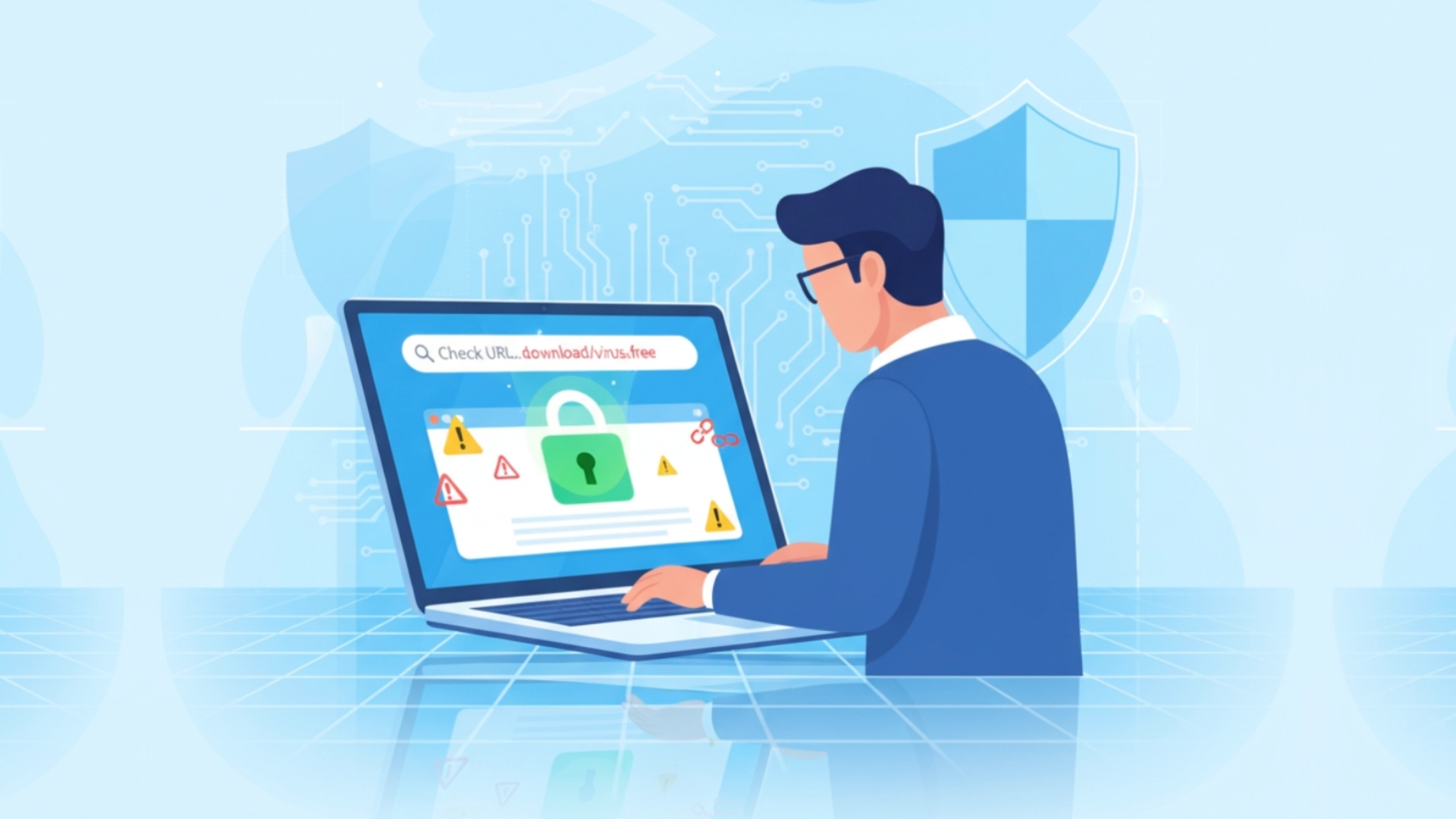
Safe URL Checker
Created on 15 October, 2025 • Checker Tools • 13 views • 3 minutes read
In today’s digital world, clicking a suspicious link can expose you to malware, phishing attacks, and data theft.
Safe URL Checker: How to Verify Website Safety Before Clicking
In today’s digital world, clicking a suspicious link can expose you to malware, phishing attacks, and data theft. A Safe URL Checker helps users analyze and verify website links before opening them. This article explains what Safe URL Checkers are, how they work, and the best ways to use them to stay safe online.
What Is a Safe URL Checker?
A Safe URL Checker is an online security tool that scans and analyzes URLs to determine if they are safe to visit. These tools inspect the website’s structure, SSL certificate, hosting reputation, and malware reports from global security databases. The goal is to warn users before they open a potentially dangerous site that could steal personal information or infect their devices.
Most Safe URL Checkers rely on security databases such as Google Safe Browsing, PhishTank, and VirusTotal to identify threats. When you input a link, the checker compares it against known phishing, malware, and scam domains.
Why You Should Use a Safe URL Checker
Even experienced internet users can fall for fake websites designed to mimic legitimate brands. Using a Safe URL Checker provides extra protection by scanning for multiple risks:
- Phishing Protection: Detects fake login pages that try to steal your credentials.
- Malware Detection: Identifies sites hosting malicious scripts or drive-by downloads.
- SSL Verification: Checks if the website uses a valid HTTPS certificate for secure communication.
- Blacklist Check: Compares URLs with known malicious databases.
- Reputation Analysis: Reviews domain age, IP address history, and hosting provider trustworthiness.
Using a Safe URL Checker is especially useful when receiving unknown links through email, social media, or instant messages — common vectors for online scams.
How Safe URL Checkers Work
Step 1: Input and Analysis
You paste the suspicious link into the checker tool. It immediately begins scanning the domain and page contents.
Step 2: Database Comparison
The tool cross-references the URL with security blacklists such as Google Safe Browsing, McAfee, Norton Safe Web, and other cybersecurity APIs.
Step 3: SSL and DNS Verification
The checker reviews the SSL certificate details (issuer, validity dates, encryption strength) and DNS records to confirm authenticity.
Step 4: Report and Risk Level
Finally, a report is generated with a risk score — indicating whether the site is Safe, Suspicious, or Malicious. Some tools even display screenshots or analysis history for deeper investigation.
Best Tools for Checking URL Safety
Here are some popular Safe URL Checkers trusted by cybersecurity experts:
- Google Safe Browsing — Uses Google’s threat intelligence to detect dangerous sites.
- VirusTotal — Scans URLs with multiple antivirus engines for maximum accuracy.
- PhishTank — Community-driven database of phishing sites.
- Sucuri SiteCheck — Checks for malware, defacements, and security warnings.
- Norton Safe Web — Provides safety ratings and user reviews for websites.
Tips to Stay Safe Online
1. Double-check URLs
Before clicking, hover over links to verify the destination domain. Fake sites often use typos or extra words (like paypa1.com instead of paypal.com).
2. Use Browser Extensions
Install safety extensions that automatically warn you when visiting risky sites. Many Safe URL Checkers offer free browser plugins.
3. Keep Security Software Updated
Regular antivirus and browser updates provide real-time protection against newly discovered threats.
4. Avoid Shortened Links
Short links (like bit.ly) can hide the true destination. Use a URL expander or Safe URL Checker before opening them.
Popular posts
-
Reverse Ip LookupChecker Tools • 37 views
-
BMP To WEBPImage Manipulation Tools • 30 views
-
IP LookupChecker Tools • 28 views
-
BMP To ICOImage Manipulation Tools • 26 views
-
SSL LookupChecker Tools • 25 views